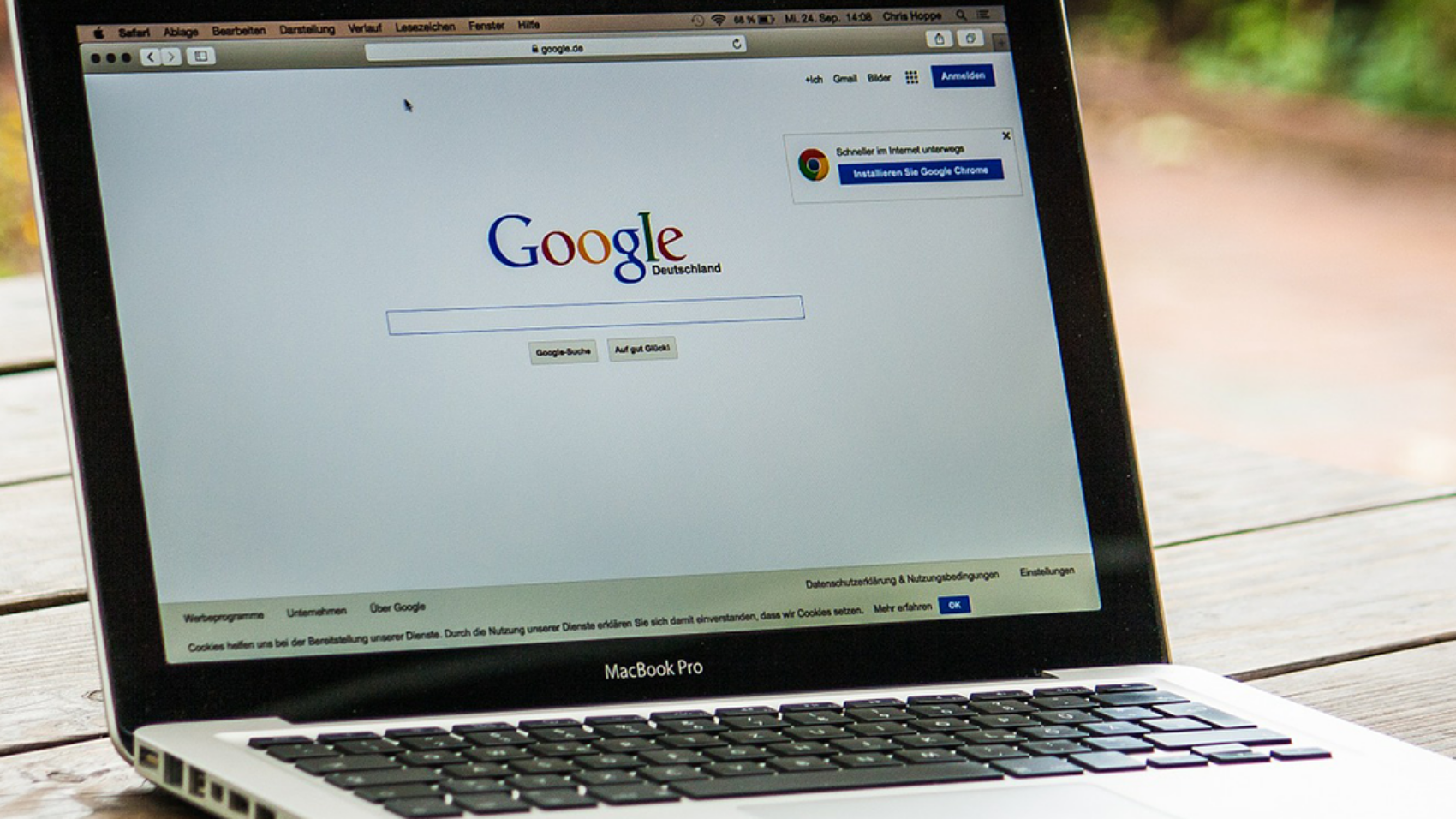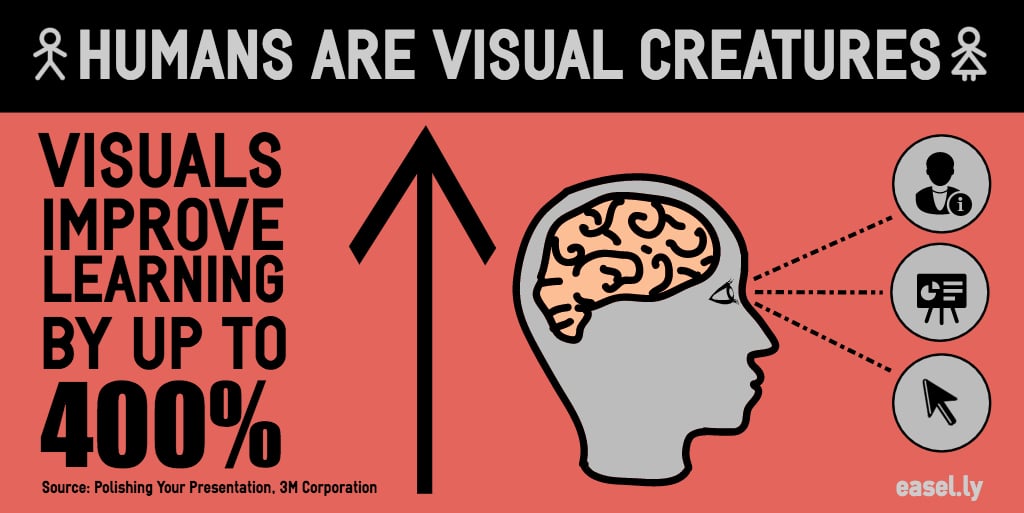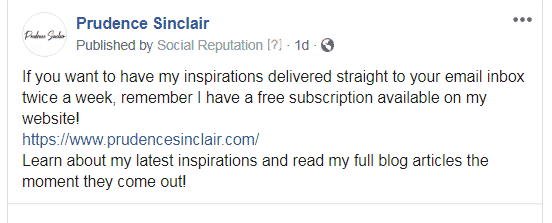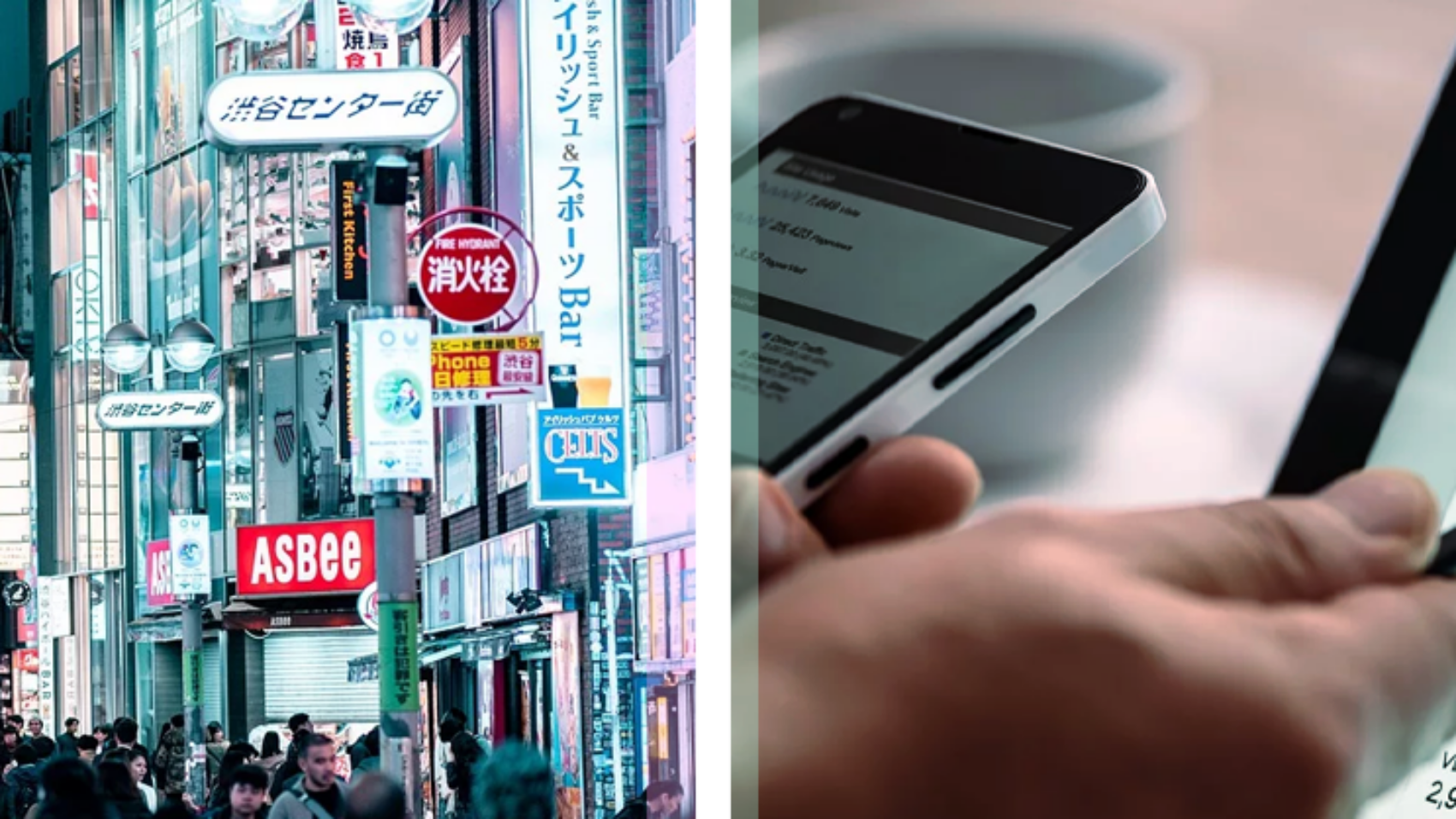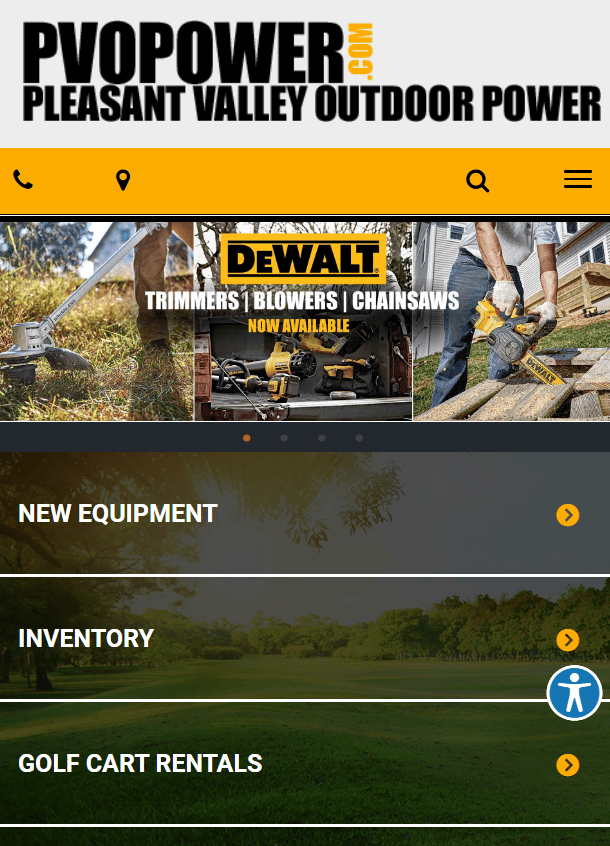Promote Local Inventory with Google Merchant Center
While physical stores are now open, many folks have moved their shopping to digital channels. Online stores are seeing a huge surge in online buying behavior, and even brick and mortar stores are more likely to have orders placed over the phone or on their site after seeing an ad.
With millions of searches coming through Google each day, businesses have what customers are looking for in stock, they just need to connect with those customers. Merchants just need to get the word out about what they have in their stores.
Google noticed this trend, and opened up the Shopping section of their Merchant Center. They announced in a recent article that they’re aiming to make it free for Merchants to share stock on Google. Retailers can now upload products directly to their Google My Business, promoting inventory and specific models they currently have in stock.
Local Stock Becomes Free Advertising
While Google My Business is usually used as a free listing to let customers find driving directions, contact a business, or learn their hours, this new change means businesses can also push local product options to nearby customers without paying extra for online advertising.
To put it simply, if someone searches for “Cub Cadet Ultima Lawn Mowers in Lexington” then a local business like Central Equipment, who sells Cub Cadet mowers in Lexington, can have their individual mower listings show up in that Google search along with their store’s location. Since that person is searching for Cub Cadet Ultima mowers, Central can show them specific Ultima models, and show ‘In Stock!’ at their local store using Google’s Merchant Center.
Lawn mowers are a pretty expensive ticket item for most folks, so seeing that a specific model is in-stock to physically check out and test at a local store makes it more attractive than just shopping online. After all, many Outdoor Power Equipment dealership websites act like a catalog, showing all the possible items rather the ones they have in-store.

Here’s an example of what product in the Merchant Center Local Inventory Feed looks like.
You can see individual models of shovels, their price, and whether they’re comfortably in stock or the current stock is limited.
This is especially useful for hot items during peak season sales – one store may be out of stock, but you can advertise that you DO have stock of it.
It may be winter now, but this is an excellent time to get this system set up and become accustomed to it before the real rush hits.
If you want to learn more about how you can upload products into Google’s Merchant Center, or if you want us to take care of it for you – feel free to reach out! Dealers Digital offers Business Listing Management services.


